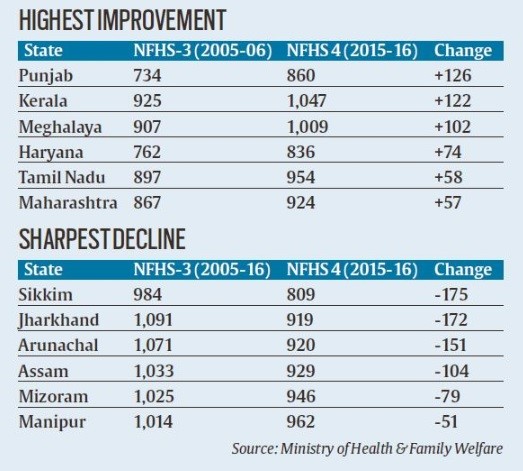7667766266
enquiry@shankarias.in
FAME India scheme phase II
National Crisis Management Committee (NCMC)
CMG
Sex Ratio at Birth (SRB)

Source: PIB, The Indian Express